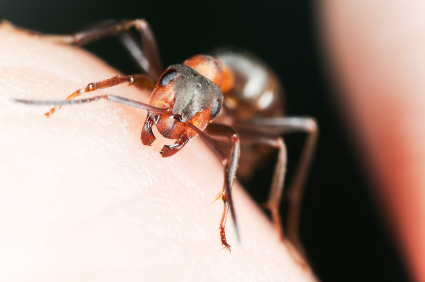
Rasberry Crazy Ants Driving Out Fire Ants In Houston
Most of us in Houston are very familiar with the wretched Red Imported Fire ants. They make huge mounds on our property, and one painful sting from this pesky ant will be a constant reminder to keep your distance.
Over the last few years, Houston residents have been noticing a different species of ant; a species that some are calling far worse than the fire ant. I’m talking about the Rasberry (not raspberry) Crazy ant, and it’s beginning to displace fire ants in many areas in Houston.
Areas in Houston infested with Crazy ants have very few fire ants present. The reason being is that the Rasberry Crazy ants are an extremely invasive species that out-compete all other species of ant found in Houston.
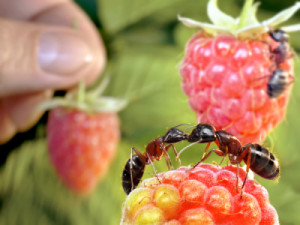 Crazy Ants vs. Fire Ants: Why Are Crazy Ants So Bad?
Crazy Ants vs. Fire Ants: Why Are Crazy Ants So Bad?
Rasberry Crazy ants are so bad, and so destructive, many residents are clamoring to get the fire ants back!
Crazy ants quickly outnumber other ant species because they multiply in even larger numbers. They are also difficult to control since they don’t eat the same poison baits as fire ants do.
Fire ants are in many ways very polite compared to crazy ants. When fire ants move into in your yard, they’ll form mounds and stay there. The Fire ants will only interact with you if you bother them or step on their unmistakable mounds.
Rasberry Crazy ants, on the other hand, “go everywhere,” invading homes and nesting in walls and crawlspaces, even damaging electrical equipment by swarming inside appliances. These ants are attracted to electrical impulses, chewing through electric insulation; they cause stop lights, air conditions, and other electrical equipment to short circuit. After being drawn into electrical equipment, they can easily cause shortages. Such actions often result in expensive repairs that inflict Houston homeowners.
On a positive note, Crazy ants don’t inflict painful stings like the Red Imported Fire Ants do.
Learn more about pest control methods for Fire Ants
Rasberry Crazy Ants
Imported from Brazil and Argentina in the 1930’s, the Rasberry Crazy ant has been infesting the Southeastern United States ever since. They are named after Tom Rasberry, the exterminator in Houston who discovered them. They are sometimes referred to as Tawny ants, but most people prefer the moniker “Crazy” because the ant’s erratic and non-linear movements.
Rasberry Crazy ants range in size from 1/16-1/8 inches long. They have slender bodies with long legs, and long antenna. They are reddish-brown in color, and are covered with fuzz. This fuzz makes the ant appear less glossy then other species of ant; and lead many to define the ant as “hairy.”
Ant Control In Houston, TX
Whether you are dealing with the painful stinging Red Imported Fire ant, or the destructive Rasberry Crazy ant; professional Houston Ant Control can help you with all of your ant problems. Ant control professionals in Houston are up to date on of the latest and most effective ant control methods and techniques to help Houston residents live ant free. Call today!
Bulwark Exterminating
10900 Brittmoore Park Drive
Houston, TX 77041
(281) 668-4930
bulwarkpestcontrol.com
AAAnimal Pro: Wildlife Control
8280 Golf Green Circle
Houston, TX 77036
(832) 248- 7804
houstonwildlifepatrol.com
Terminix
16155 Park Row, Suite 190
Houston, TX 77084
(832) 460-3698
terminix.com
Anthony Ball







 Why Insects Aren’t As Bad As You Think
Why Insects Aren’t As Bad As You Think

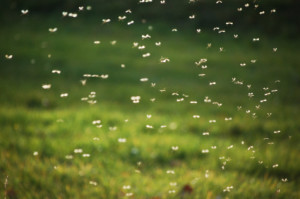



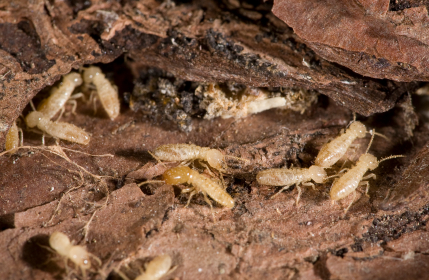
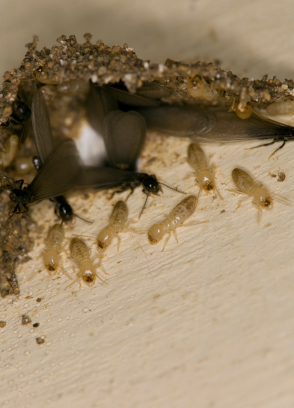












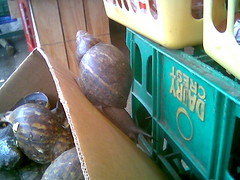






 Ant Invasion ~ A war you actually CAN win!
Ant Invasion ~ A war you actually CAN win!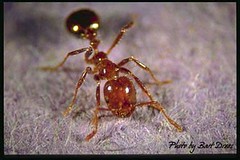
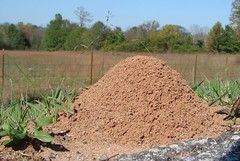





 Sweet Heart
Sweet Heart
